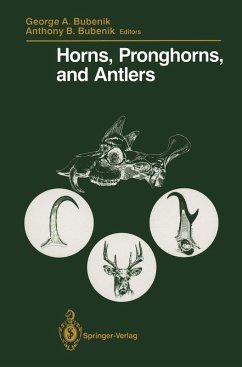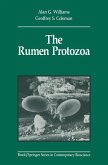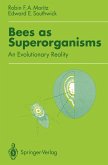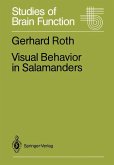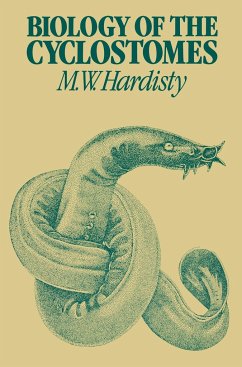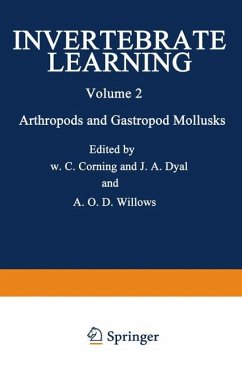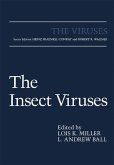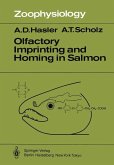This comprehensive book on cranial appendages, written by internationally acclaimed researchers, provides a unique link between recent experimental data and established views on evolution, taxonomy, and morphology of horns, pronghorns, and antlers. Physiological, neuroendocrine, nutritional, genetic, and ethological aspects are also covered. The variety of investigation techniques, the depth and timeliness of the information, and the scope of interpretation presented here will provoke discussion and suggest new research objectives. All wildlife biologists interested in horns, antlers, and related structures as well as taxonomists and vertebrate paleontologists will value this well-balanced treatise as an overview and reference source.
Since the first drawings left on walls of ancient caves, human beings have been fascinated with that unique phenomenon of the animal kingdom, the presence of horns and antlers. From the mythical ''unicorn'' exercising the power over life and death to the perceived aphrodisiacal and other medical properties of rhinoceros horns and growing antlers, these conspicuous protuberances have had a significant place in the history of mankind. Part of that ancient interest in antlers and horns was due to their value as sym bols of masculinity; this interest persists today in trophy hunting, an honorable tradition carried on for centuries in many countries of the world. This book, which deals with evolution, morphology, physiology, and behavior, has not been devised as a comprehensive review of the subject of horns, prong horns, and antlers; rather, it is a series of chapters stimulating thoughts, discus sions, and initiation of new studies. As editors, we did not interfere with the content of articles nor with the opin ions and interpretations of our contributors, and we left them to decide whether to accept the suggestions of our reviewers. Despite the fact that various aspects of cranial appendages have been studied since the end of the eighteenth century, many controversial views still exist, as witnessed in various chapters of this book.
Since the first drawings left on walls of ancient caves, human beings have been fascinated with that unique phenomenon of the animal kingdom, the presence of horns and antlers. From the mythical ''unicorn'' exercising the power over life and death to the perceived aphrodisiacal and other medical properties of rhinoceros horns and growing antlers, these conspicuous protuberances have had a significant place in the history of mankind. Part of that ancient interest in antlers and horns was due to their value as sym bols of masculinity; this interest persists today in trophy hunting, an honorable tradition carried on for centuries in many countries of the world. This book, which deals with evolution, morphology, physiology, and behavior, has not been devised as a comprehensive review of the subject of horns, prong horns, and antlers; rather, it is a series of chapters stimulating thoughts, discus sions, and initiation of new studies. As editors, we did not interfere with the content of articles nor with the opin ions and interpretations of our contributors, and we left them to decide whether to accept the suggestions of our reviewers. Despite the fact that various aspects of cranial appendages have been studied since the end of the eighteenth century, many controversial views still exist, as witnessed in various chapters of this book.

